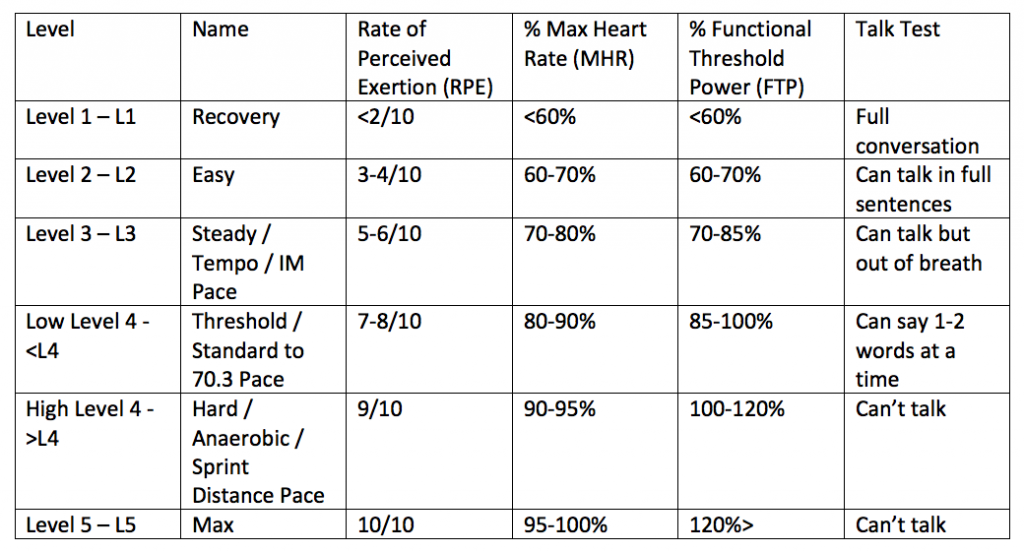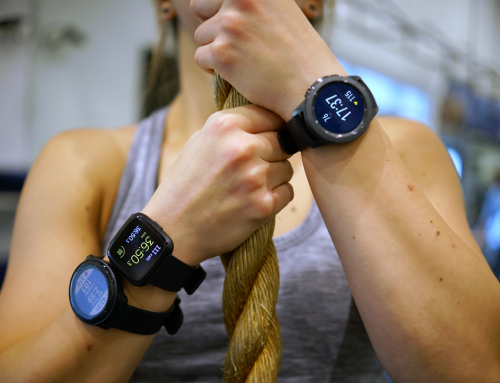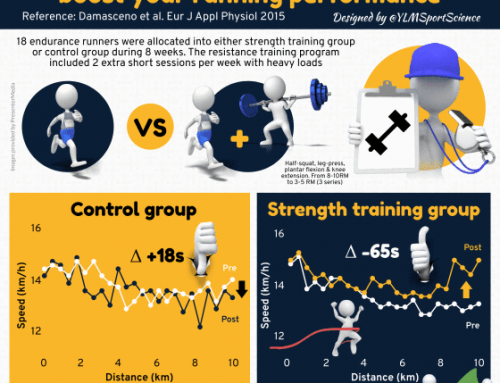Training Zones Explained
Training zones are closely linked to the specific training method and outcome of a session. Consistently training in the incorrect zone may lead to over training or not achieving the desired outcome of a training block.
There are many guidelines to establish training zones, however the key is consistency. GPC Squad have designed a training zone table which best helps athletes follow their personalized program from GPC coaches.

The table includes a few different columns of information to make sure you can train within the prescribed training zone.
Rate of Perceived Exertion (RPE)
RPE is how hard you think/feel you are working, in this case out of 10. It is important to link your perceived exertion relevant to the time/distance. For example, 10/10 max effort for a 200m sprint is a different pace to a 10km TT.
Percentage of Max Heart Rate (%MHR)
%MHR is a good tool especially for longer distance athletes or older athletes. However, it is important to note that using the equation 220 – age is largely inaccurate. To find your max heart rate it is best to get a VO2 max and lactate test done by an exercise physiologist. GPC also has a protocol for a 5km run TT field test.
Percentage of Functional Threshold Power (%FTP)
%FTP is another useful tool, but again only if you have completed an FTP test in a controlled environment using the same power meter. There are a few different protocols especially amongst the companies running smart trainers. The key here is to be consistent with the protocol you are using & the conditions the test is done under.
Considerations
The above-mentioned zones require either some level of knowledge about your own body in terms of exercise and/or external equipment. A useful measure of intensity for inexperienced athletes is the talk test. It is easy to understand and is relevant to a very accurate indicator of intensity – your respiratory rate also known as your breathing rate.
The most accurate way of measuring intensity in an experienced athlete is to combine RPE, %MHR & %FTP. Sometimes you will be feeling lethargic/unwell and will notice it feels harder to hold a %MHR or %FTP than what is normal for you. This is where RPE becomes important to readjust those parameters in order to re-evaluate the goals of the training session or the pace you are holding.
Over time these zones / values will need to be re-calibrated according to your current level of fitness. Each season it is important to re-test your maximum heart rate and as frequently as every 6-12 weeks for your FTP.









